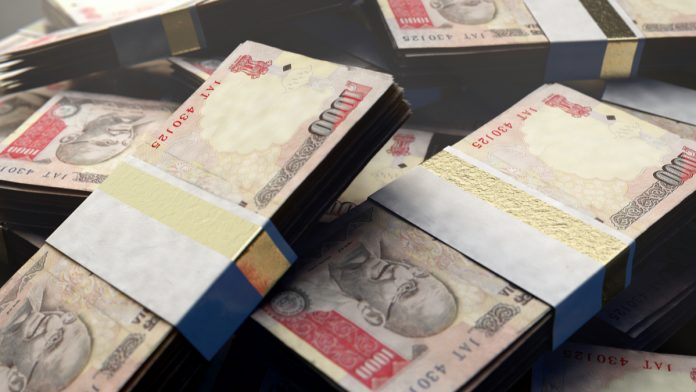- Indian Rupee (INR) falls further
- China data misses forecasts
- US Dollar (USD) rises versus major peers
- US debt ceiling talks next
The US Dollar Indian Rupee (USD/INR) exchange rate is rising for a fourth straight session. The pair rose +0.08% in the previous session, settling on Monday at 82.23. At 16:30 UTC, USD/INR trades +0.06% at 82.28 and trades in a range of 82.16 to 82.34.
The Rupee, along with Asian FX is edging lower against a stronger USD and after weaker-than-expected China data. Chinese retail sales rose 18.4%, below the 21% forecast, and industrial production rose 5.6%, below the 10.9% forecast.
The data comes following softer-than-forecast inflation figures and import data last week, which raised questions over domestic demand.
The data shows that the Chinese economy continues to experience an uneven recovery from the restrictive pandemic measures as momentum from China’s pent-up demand appears to be fading.
The US Dollar is rising across the board. The US Dollar Index, which measures the greenback versus a basket of major currencies, trades +0.23% at the time of writing at 102.67, after losses in the previous session of -0.25%.
The US dollar is pushing higher on Tuesday as it benefits from risk aversion in the broader market as attention turns to debt ceiling talks.
U.S. President Biden will meet with Republican House of Representatives speaker Kevin McCarthy along with three other top congressional leaders for the next round of debt limit negotiations. Progress has stalled as the US slides towards the x-date, potentially in early June, when the US is expected to run out of money.
The US dollar is also being supported by hawkish comments from Cleveland Federal Reserve president Loretta mester who said that she didn’t think that interest rates were at a point where they should be paused yet.
On the data front US retail sales rose in April, after falling in March. Retail sales increased 0.4% month on month, less than the 0.7% forecast. The data suggests that US consumers are still spending despite the economic headwinds.





